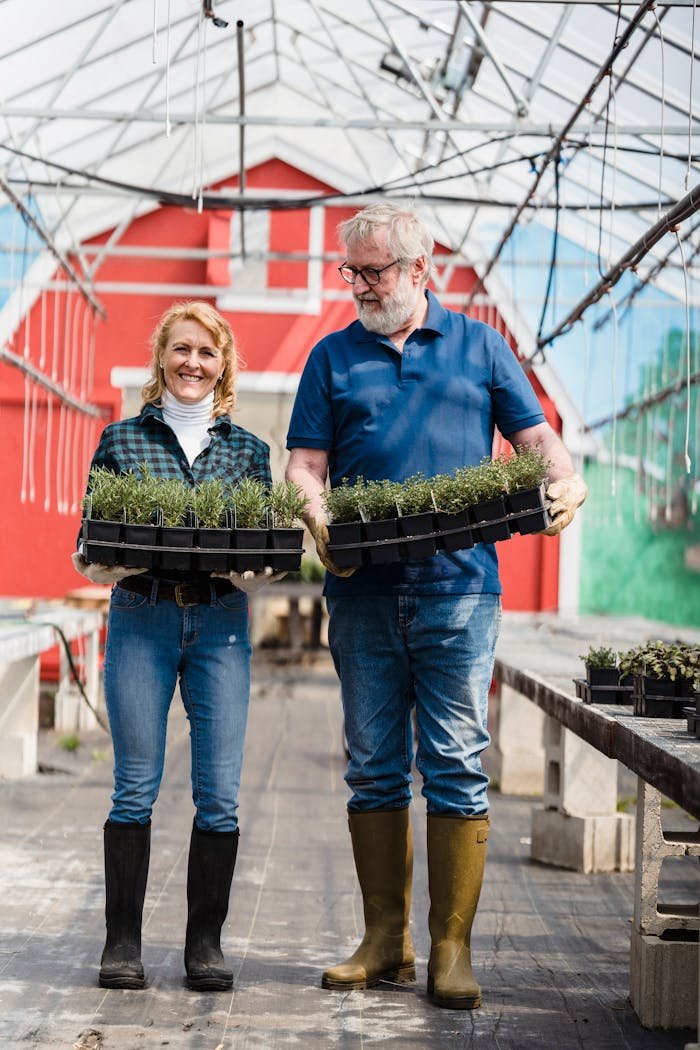Growing lettuce in water is an exciting and satisfying method to enjoy fresh, clean greens without the mess of soil. This method, often referred to as hydroponic lettuce growing, allows you to grow lettuce indoors all year round, making it perfect for tiny spots or apartment living. By using a water-based lettuce cultivation system, you can bypass common gardening difficulties like pests and poor soil conditions.
Whether you’re a newbie in hydroponic gardening or a seasoned grower, this simple process offers an easy and sustainable way to grow lettuce varieties. With just a few basic supplies and some care, you’ll soon be harvesting crisp, nutritious leaves right from your countertop or windowsill.
Why Grow Lettuce Hydroponically?
The benefits of growing lettuce in water are immense. Hydroponics is a form of soil-free gardening that uses water-soluble mixtures to deliver nutrients directly to the plant roots. It’s a cleaner, more efficient way to grow, without the mess and pests of soil. One of the greatest benefits of hydroponic lettuce growing is that you can do it inside, making it perfect for indoor organic gardening. This means you can enjoy your iceberg lettuce without worrying about the weather outside.
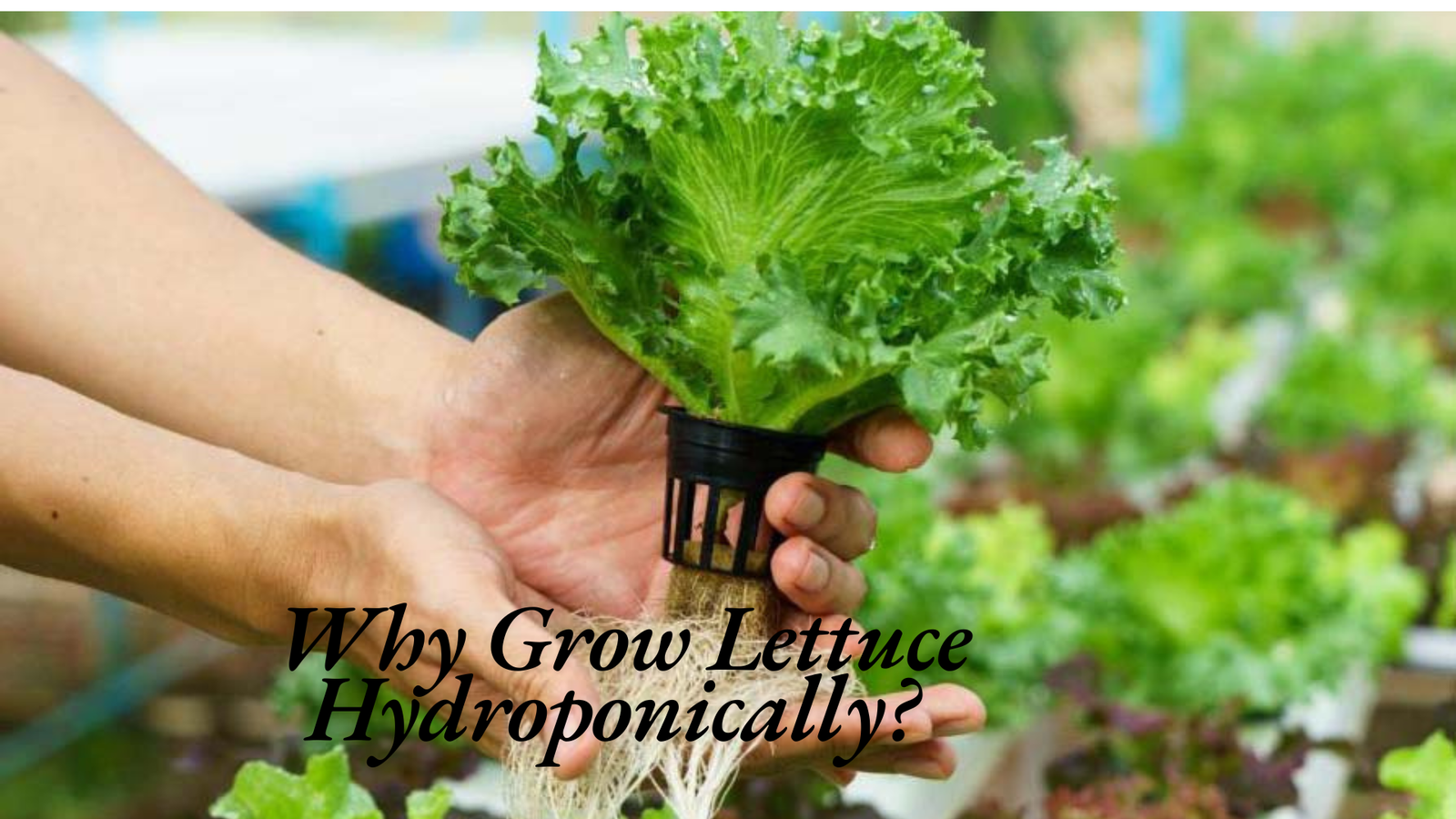
When you grow lettuce hydroponically, you avoid common problems like soil-borne pests and dirt getting stuck in your lettuce leaves. Hydroponic gardening for beginners is easy to start, especially if you use a hydroponic lettuce kit. These kits usually come with all the necessary materials, including a Mason jar hydroponics system, growing medium, and hydroponic nutrients. It’s a simple way to dive into water-based lettuce cultivation.
Essential Supplies for Hydroponic Lettuce Growing
Before you begin indoor lettuce growing, make sure you have the right supplies. The materials you need are minimal but crucial for the success of your hydroponic lettuce-growing project. At the most basic level, you will need a container, a net pot, a growing medium (like clay pebbles or rockwool), lettuce seedlings for hydroponics, hydroponic fertilizer, and a grow light. You can also use a , which provides all these essentials in one package.
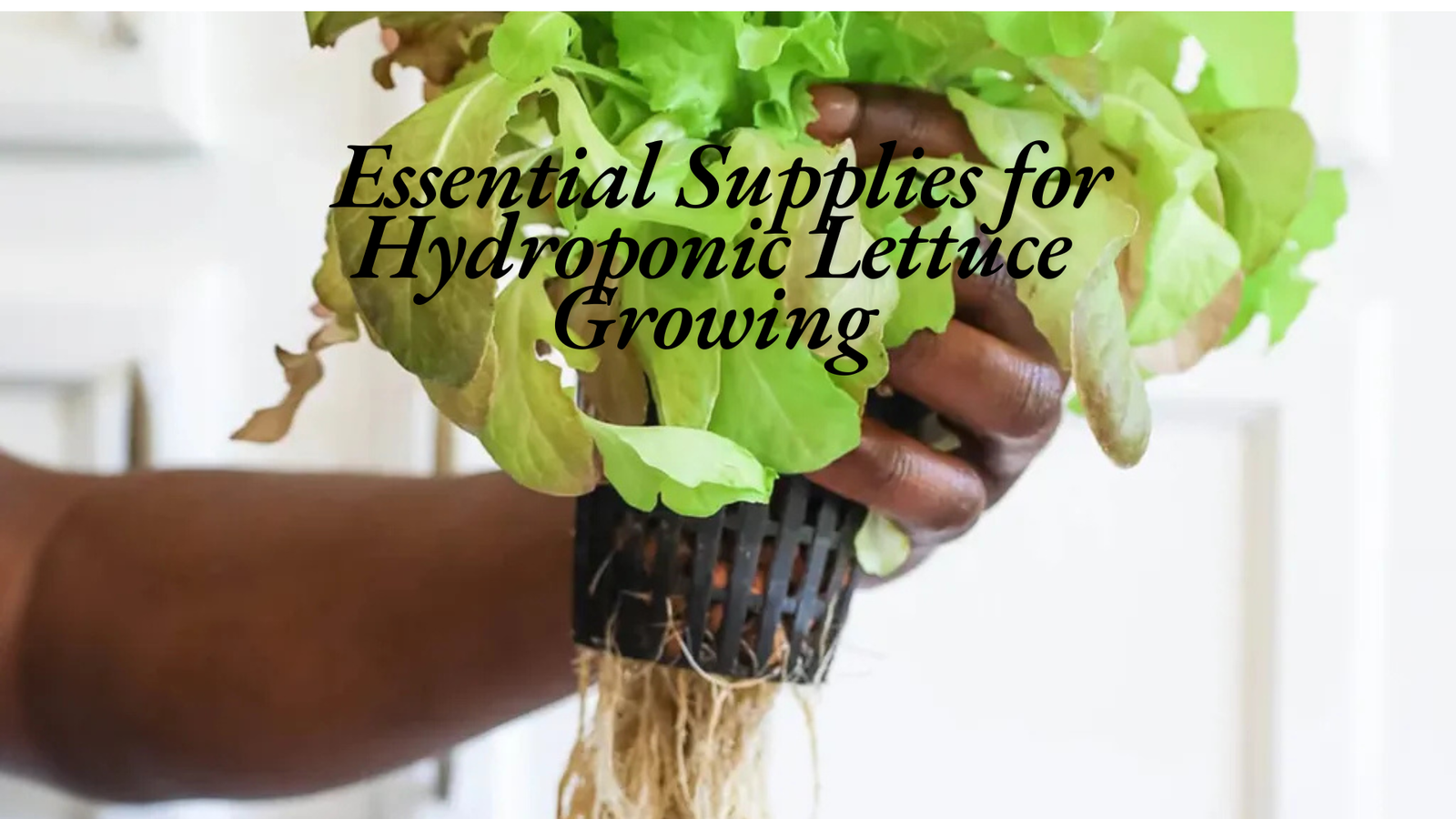
The key is to create a stable, water-based lettuce cultivation environment where the roots can grow freely and absorb nutrients. Choose a clear container, like a glass jar, so you can monitor root health easily. The clay pebbles will support the roots while allowing them to breathe. Don’t forget to add a water temperature for lettuce and keep the solution at the right pH to ensure healthy plant growth.
Step-by-Step Guide: Planting Lettuce in Water
Once you’ve gathered your supplies, it’s time to start planting! Here’s a simple step-by-step . First, fill your container with water, leaving a few inches of space at the top. Next, place your net pot inside, and fill it with your growing medium. If you’re using lettuce seedlings for hydroponics, carefully wash off the soil and place the roots into the clay pebbles.
After placing your seedlings, add your hydroponic fertilizer to the water. Be sure to follow the instructions on your fertilizer for hydroponics to avoid overfeeding your plants. Place the setup in a spot with plenty of natural light, or use a grow light if necessary. In about 7 to 10 days, you’ll begin to see tiny leaves sprouting from your lettuce.
How to Take Care of Hydroponic Lettuce
Taking care of hydroponic lettuce indoors is relatively simple. First, always check the water level. Lettuces are water-based plants, and they need a consistent supply of water. Make sure the roots stay moist but don’t sit in water, as this can cause root rot. You’ll need to top up the water every few days, especially in the warmer months.
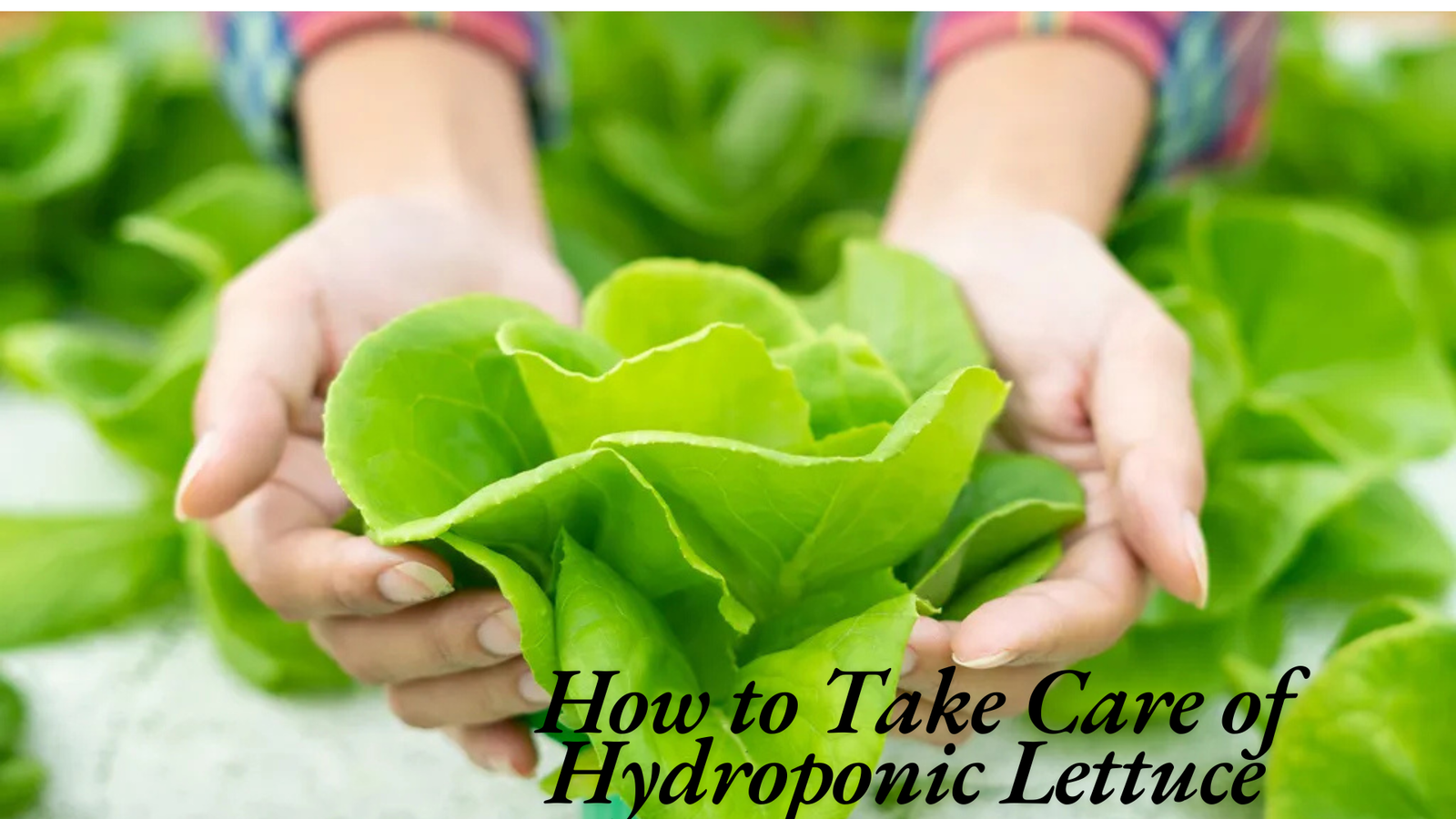
Secondly, keep an eye on the light your lettuce is getting. If your hydroponic lettuce-growing setup is near a window, that’s excellent. If not, you can use a grow light for about 12 to 16 hours a day. The lettuce growth cycle depends on the amount of light it gets, so consistent lighting is key. Lastly, feed your plants with hydroponic nutrients to keep them strong and healthy.
Harvesting Hydroponic Lettuce: When and How to Harvest for Maximum Yield
Knowing when and how to harvest your lettuce is crucial for getting the most out of your hydroponic lettuce kit. The best method is to harvest the leaves using the “cut and come again” technique. means picking the outer leaves while letting the inner leaves continue to grow. will ensure a continuous supply of fresh salad leaves over several weeks.
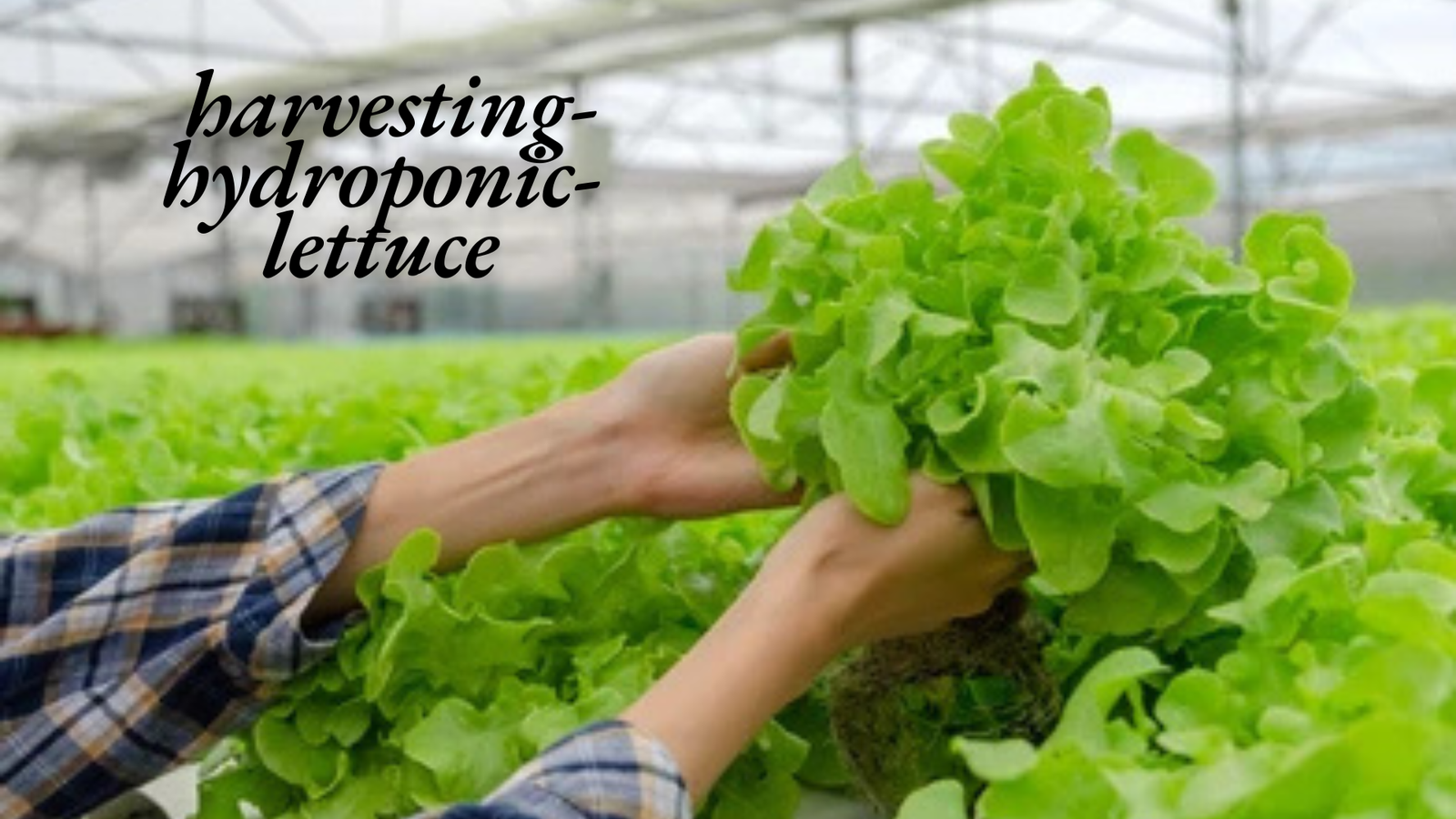
It usually takes about four weeks for your lettuce to reach a harvestable size. You can start by harvesting just a few leaves at a time, and the plant will keep producing. The plant will eventually bolt (produce flowers) and stop producing leaves, but will take a couple of months. So, for year-round lettuce, consider planting a new jar of lettuce every few months.
How to Grow and Care for Water Lettuce: A Unique Floating Plant
Water lettuce is another fascinating plant you can grow hydroponically. Unlike regular lettuce, water lettuce floats on the surface of the water, with its roots dangling below. It doesn’t need soil but thrives in a water-based environment. Growing water lettuce in a hydroponic system can help you create a beautiful and functional water garden. It’s perfect for indoor ponds or aquariums.
To care for water lettuce, make sure the water temperature is between 60°F and 70°F (15°C to 21°C). Ensure the water is clean and doesn’t get too warm, as this can harm the plant. Water lettuce does well in bright, indirect light, but too much sunlight can lead to algae growth. Keep an eye on the health of the leaves and the roots, and prune the plant regularly to prevent overcrowding.
The Health Benefits of Water Lettuce
Water lettuce isn’t just a decorative plant—it also offers some notable health benefits. While it’s not typically eaten in the same way as traditional lettuce, it has been shown to help filter and purify water. By absorbing excess nutrients and contaminants, it improves the water quality in aquariums and ponds.
Additionally, water lettuce is known for its anti-inflammatory properties. Some traditional medicinal practices use water lettuce to treat minor wounds and skin conditions. While not a common food crop, growing water lettuce can add a useful element to a hydroponic system or a natural water filtration setup.
Water Lettuce Care: Key Considerations for Healthy Growth
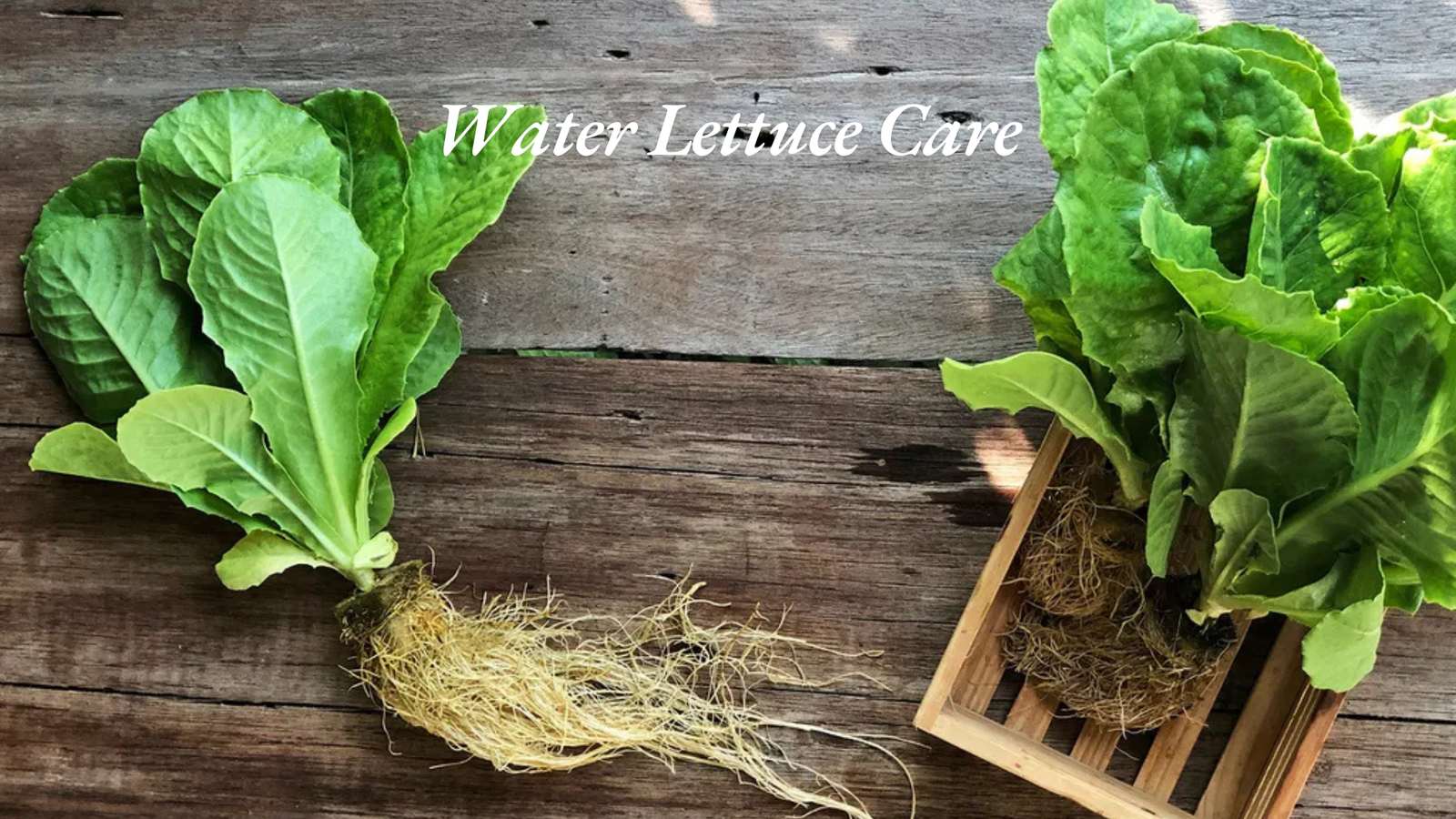
Caring for water lettuce requires attention to several factors. First, the water quality is essential for healthy growth. Regularly check the pH and temperature of the water. Keeping the water clean helps avoid algae buildup, which can harm your plants. Second, ensure that the water lettuce gets enough light but not too much, as excessive sunlight can cause the leaves to burn. You should also prune your water lettuce regularly to prevent overcrowding and to maintain healthy growth.
Understanding Water Lettuce Types: Which One is Right for Your Setup?
There are several varieties of water lettuce, and each type has its own unique needs. The most common variety is the Pistoia stratiotes, which grows well in aquariums and garden ponds. Other varieties may be better suited for specific environments, depending on the amount of light, water temperature, and space you have available.
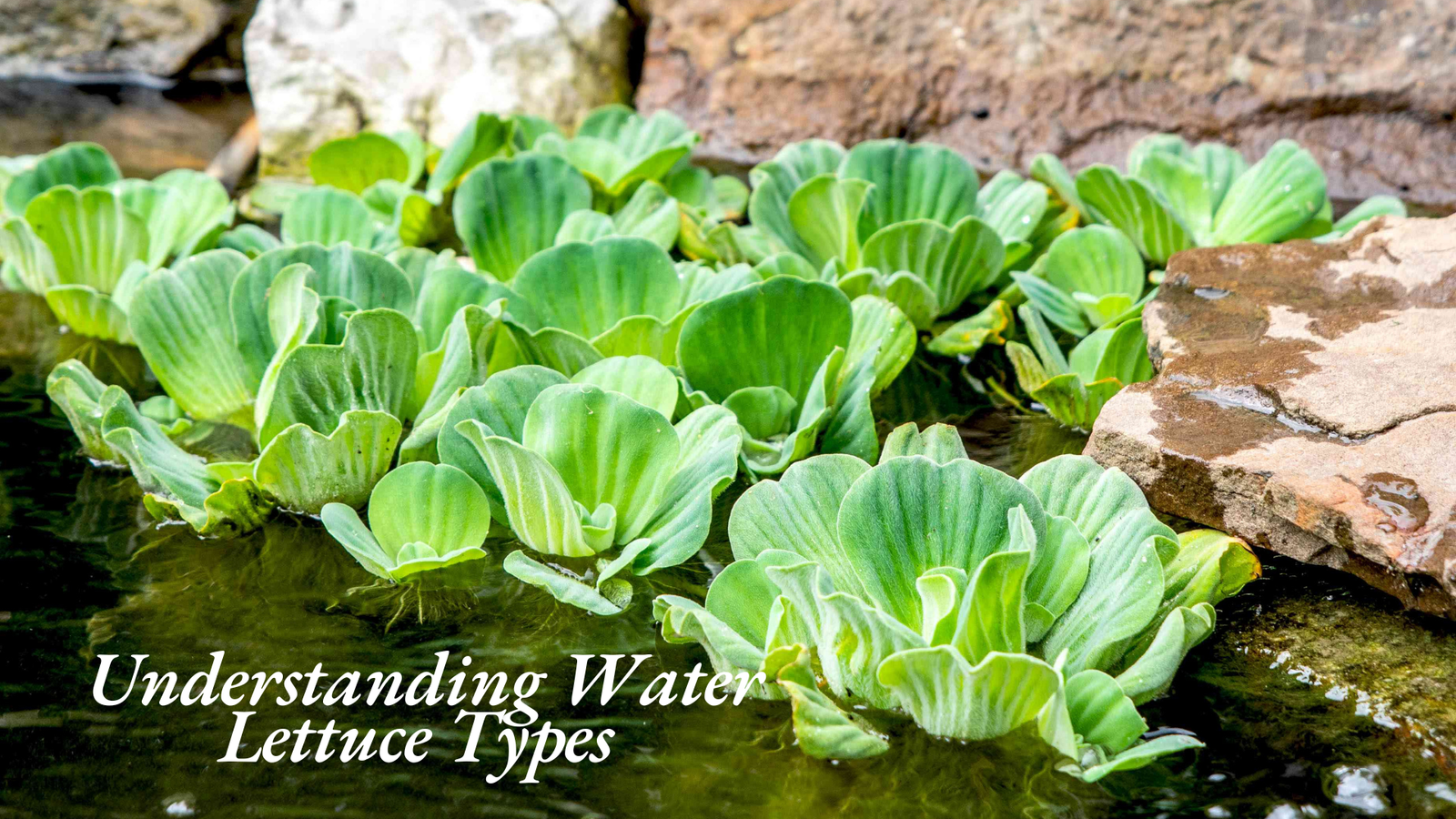
When choosing a water lettuce type for your setup, consider whether you plan to grow it indoors or outdoors. Some varieties are more tolerant of cold temperatures, while others thrive in warmer climates. Understanding these differences will help you pick the best type for your hydroponic system.
Pruning and Maintaining Water Lettuce: Tips for a Thriving Plant
To keep your water lettuce thriving, regular pruning is necessary. As it grows, it can become overcrowded and impede its growth. Prune the outer leaves, which will help the plant direct its energy into growing new, healthy leaves. It’s also important to remove any dead or yellowing leaves to prevent decay and mold growth. Maintaining your water lettuce in this way ensures it continues to thrive and stay vibrant.
Propagating Water Lettuce: How to Grow More from Your Plants
Water lettuce is easy to propagate through a process called “division.” As the plant grows, it will produce smaller offsets that can be separated from the main plant. Gently pull the new plantlets apart and place them in a separate container with fresh water. With proper care, these new plants will quickly establish their roots and start growing on their own.
Overwintering Water Lettuce: Keeping Your Plants Safe During the Cold Months
If you’re growing water lettuce outdoors, you’ll need to bring the plants inside during colder months to protect them from freezing temperatures. Water lettuce does best in mild conditions, so it’s important to keep them in a space where the temperature remains between 60°F and 70°F. You can use grow lights to ensure they continue to thrive indoors during the winter months.
Troubleshooting Common Water Lettuce Problems
Common issues with water lettuce include yellowing leaves, slow growth, or root rot. If your water lettuce is turning yellow, it may be a sign of nutrient deficiencies or improper lighting. Adjusting the light exposure or adding lettuce fertilizer for water systems can help. If the plant appears to be growing slowly, it may not be getting enough light, or the water temperature may be too low. Regularly check the water quality to prevent root health issues, and if the roots look slimy or mushy, they may be rotting.
How to Handle Common Issues with Water Lettuce Growth

Sometimes water lettuce can face issues like algae growth or pests. If you notice algae forming on the surface of the water, reduce the amount of direct sunlight the plant receives. You can also use a small fan to improve air circulation around the plant and discourage mold growth. If pests like aphids or mealybugs appear, gently rinse the plant with water to remove them. Keeping your water lettuce environment clean and well-maintained is the best way to avoid common issues.
Conclusion
Growing lettuce in water is an excellent way to enjoy fresh, homegrown greens year-round. Whether you choose to grow hydroponic lettuce indoors or care for water lettuce, the process is simple and highly rewarding. With a few basic supplies, a simple hydroponic setup, and proper care, you can enjoy a steady supply of fresh salad leaves and experiment with indoor vegetable gardening. Remember to monitor your plants, keep the water clean, and watch your lettuce thrive.
FAQs
1. Can you grow lettuce in water ?
Yes, lettuce can be grown in water using a hydroponic system, where the plant absorbs nutrients directly from the water.
2. How long does lettuce take to grow in water?
Lettuce typically takes around 4 to 6 weeks to grow in water, depending on the variety and growing conditions.
3. How long can you leave lettuce in water?
Lettuce can stay in water for several weeks, but it will eventually need to be harvested or replaced once it bolts or the leaves become bitter.
4. Does lettuce grow better in water or soil?
Lettuce can grow well in both water and soil, but hydroponic lettuce growing often results in faster growth and fewer pests.



